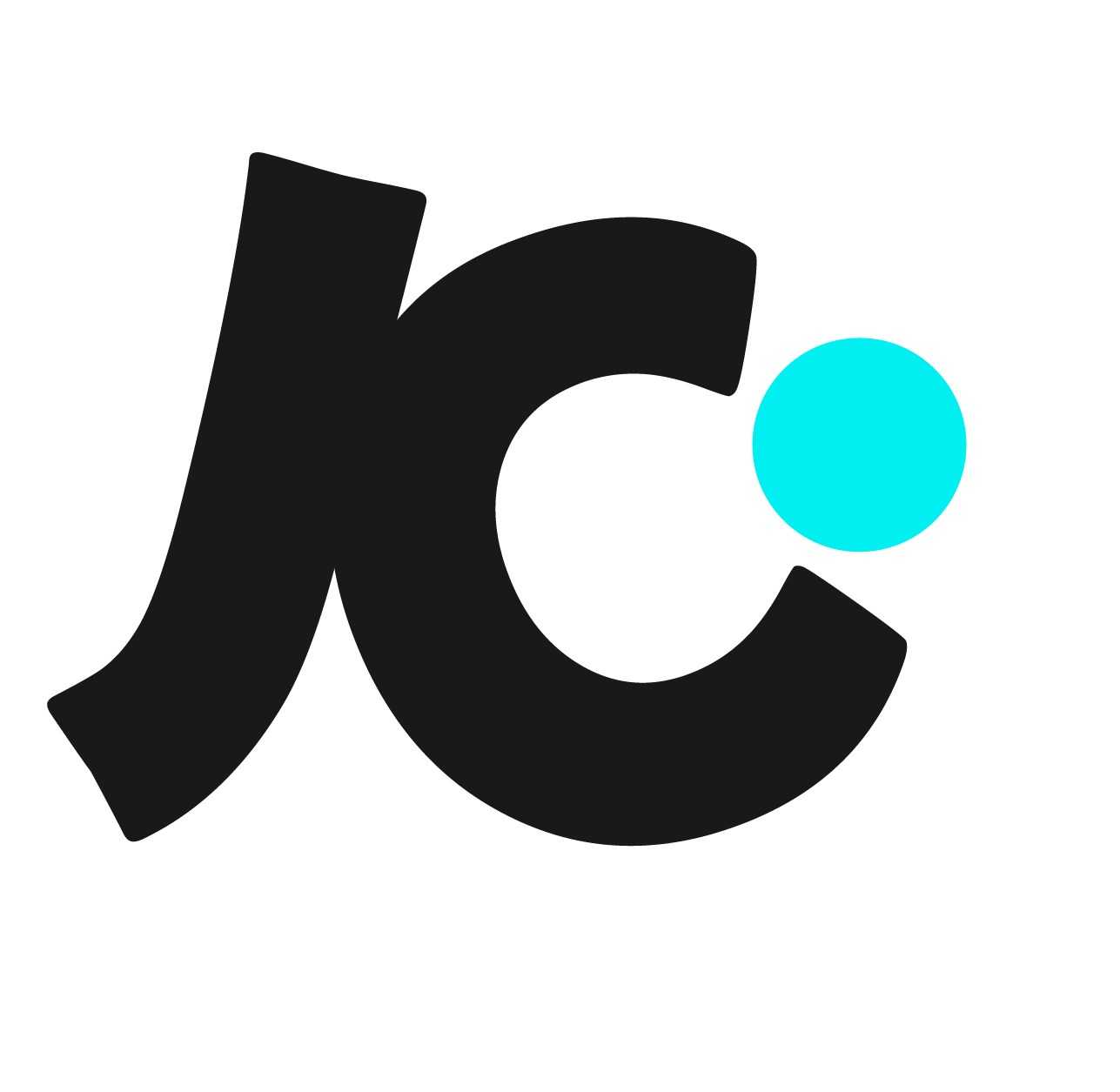
The Best of Modular Content
When Strategy Becomes Scalable
How modular content turns chaos into clarity
In pharma, every content piece that makes it out into the world is a small victory.
A win against tight timelines, regulatory processes, complex stakeholder layers—and creative burnout.
Creating a single asset can take weeks.
Now imagine adapting that same asset for another market, product, or channel. More weeks. More rounds. More friction.
Unless… you stop starting from scratch.
That’s where modular content comes in: a way to build messages like Legos—interlocking pieces that you approve once and reuse in multiple ways.
Why it matters
Because instead of recreating the same messages over and over again, modular content lets you assemble, not reinvent.
You gain time.
You gain efficiency.
You reduce MLR friction.
And beyond the operational win, you get narrative consistency and the ability to scale omnichannel campaigns without sacrificing quality or control.
The step-by-step of modular assembly
1. Define goals and key messages
It all starts with purpose:
What does the brand need to communicate? To whom? And why?
This is where you lock in your scientific and narrative pillars.
🧩 Think of it like drawing up blueprints before laying a single brick.
If you don’t know what you’re building, every piece will feel out of place.
Here’s where you define the “why” behind each block.
2. Break down messages into components
From your core messages, extract the smallest possible units of content—pieces that can be approved once and reused often. The more granular, the better.
🧩 Think of it like deconstructing a complex medical prescription.
Every ingredient, dosage, warning, or interaction becomes its own piece.
A component could be a clinical claim, a stat, or a validated quote.
3. Build functional modules
Now, assemble those components into standalone content blocks—structured by channel rules, HCP profile, and stage of the journey.
Each one should make sense on its own, but also fit into a bigger narrative.
🧩 Think of it like a panel in a medical comic strip:
One complete scene that communicates a clear idea,
but also flows within the larger story.
A module might be an eDetail slide explaining the MoA with evidence + CTA.
4. Compose channel-specific assets
Here’s where you combine pre-approved modules into tailored formats for each platform—eDetailing, CLM, CRM, email, social, etc.
🧩 Think of it like building custom toolkits per channel.
You don’t give the same briefcase to a sales rep and an email team.
Each one gets the right pieces, in the right order, to do the job right—and fast.
5. Document and version to scale
Everything is tracked, versioned, and ready to adapt by market, product, or campaign.
Minimal effort. No blank slates. No reapproval nightmares.
🧩 Think of it like a well-organized medical library.
You don’t rewrite a paper every time someone needs it.
You classify it, version it, and reuse it smartly.
Same with modules: once approved, they can be reassembled without restarting the entire MLR process.
The benefits?
✅ Faster approvals (you approve modules, not full assets)
✅ Stronger narrative control
✅ Quicker production and adaptation
✅ Smarter omnichannel execution
✅ More focus on strategy, less time putting out fires
Modular content isn’t just a more efficient way to work.
It’s a more strategic way to think pharma marketing.
Because when every word matters,
every module becomes a move with purpose.










